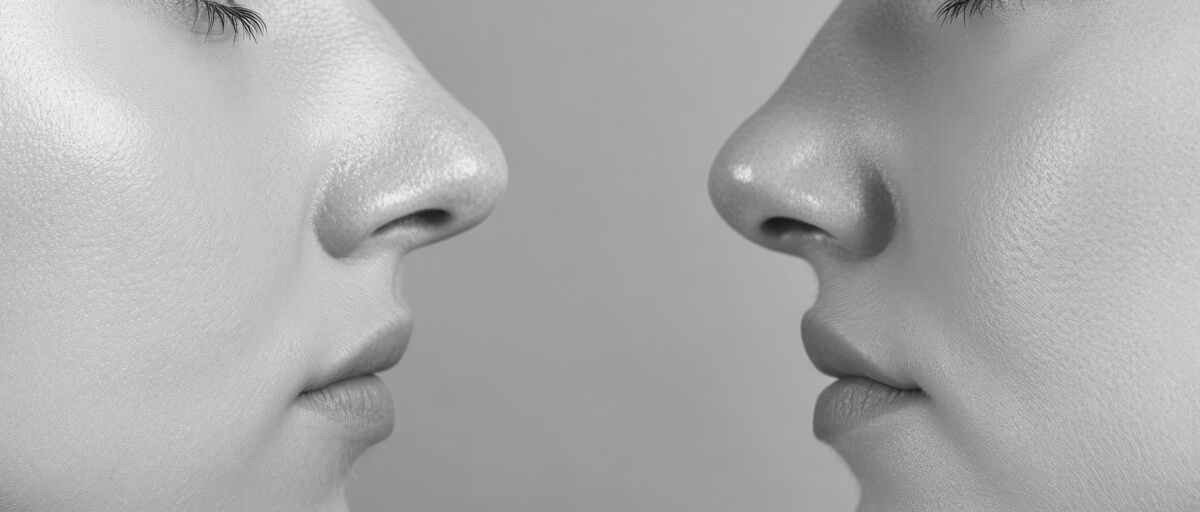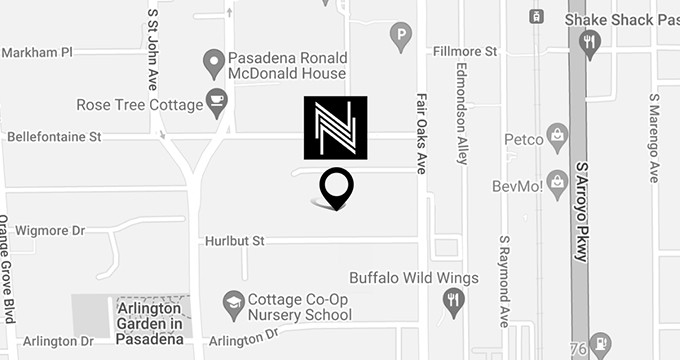
Undergoing rhinoplasty, or a nose job, is a significant step toward achieving your desired facial appearance and improving nasal function. While the results can be transformative, the recovery process, particularly managing post-operative swelling, is a crucial aspect that requires attention. Swelling is a natural response to surgery, but understanding its duration and knowing how to manage it effectively can make your recovery smoother and more comfortable.
This article goes into the timeline of swelling after rhinoplasty, practical tips for reducing it, and insights into what patients can expect. Offering a unique perspective often overlooked by other experts.
Overview of Rhinoplasty and Initial Recovery
Rhinoplasty, commonly known as a nose job, is a surgical procedure aimed at enhancing the shape, size, or functionality of the nose. This procedure is highly customizable, addressing both cosmetic concerns and medical issues such as breathing difficulties. The surgery involves reshaping the nasal bones and cartilage to achieve the desired outcome, which can significantly improve the patient’s facial harmony and overall confidence.
The Initial Recovery Phase
The initial recovery phase after rhinoplasty is crucial for successful healing and optimal results. Immediately after the surgery, patients can expect significant swelling and bruising around the nose and eyes, which peaks within the first few days. During this period, it is essential to follow the surgeon’s post-operative instructions carefully. This includes keeping the head elevated, applying cold compresses to reduce swelling, and avoiding any strenuous activities that could impact the healing process. Pain and discomfort are typically managed with prescribed medications. The initial swelling starts to subside after the first week, but it is important to note that residual swelling can persist for several months, gradually diminishing over time.
Swelling Timeline After Rhinoplasty
Understanding the swelling timeline after rhinoplasty is crucial for setting realistic expectations and planning your recovery.
First Week Post-Op
During the first week after surgery, swelling is at its peak. The nose and surrounding areas, including the eyes, will be significantly swollen and bruised. This is a normal part of the healing process. Cold compresses and keeping the head elevated can help reduce swelling. By the end of the first week, some of the initial swelling and bruising will begin to subside, and sutures and splints are typically removed during your follow-up appointment.
First Month Post-Op
Swelling continues to decrease throughout the first month. Most of the noticeable swelling will diminish, and you will start to see the initial results of your rhinoplasty. However, the nose may still feel tender, and some residual swelling, especially at the nasal tip, is common. Patients can usually return to work and resume light activities, but it is essential to avoid strenuous exercise and activities that can cause trauma to the nose.
Long-Term Swelling
Residual swelling can persist for several months, with the final results of rhinoplasty becoming fully apparent up to a year post-surgery. The nasal tip is often the last area where swelling resolves completely. It is important to be patient and understand that the healing process is gradual. Regular follow-up visits with your surgeon will ensure that your recovery is on track and that any concerns are addressed promptly.
Managing Swelling After Nose Surgery
Managing swelling effectively after rhinoplasty can significantly enhance your comfort and accelerate the healing process. Here are some practical strategies to help reduce swelling.
Immediate Post-Op Care
Immediately after surgery, applying cold compresses to the affected area can help reduce initial swelling and discomfort. Ensure you follow your surgeon’s instructions for using cold packs to avoid damaging the delicate nasal tissues. Keeping your head elevated, even while sleeping, can also aid in minimizing swelling. Use multiple pillows or an adjustable bed to maintain this position comfortably.
Home Remedies and Lifestyle Adjustments
Several home remedies and lifestyle adjustments can aid in managing swelling:
- Hydration: Drink plenty of water to stay hydrated. This helps reduce swelling and promotes healing.
- Diet: Maintain a healthy diet rich in fruits, vegetables and protein. Avoid salty foods, as excess sodium can increase swelling.
- Avoid Alcohol and Smoking: Both can impede the healing process and increase swelling.
- Gentle Movement: Engage in light activities such as short walks to improve circulation, but avoid strenuous exercise until cleared by your surgeon.
- Medication Adherence: Take prescribed medications as directed to manage pain and inflammation.
Implementing these strategies consistently can help manage swelling and support a smoother recovery after your rhinoplasty procedure.
Factors Affecting Swelling Duration and Intensity
The duration and intensity of swelling after rhinoplasty can vary significantly among patients, influenced by several factors.
Surgical Technique
The specific surgical technique used can impact swelling. Open rhinoplasty, which involves a small external incision, may result in more swelling compared to closed rhinoplasty, where all incisions are made within the nostrils. The extent of the surgery, including whether bone and cartilage were modified, also plays a role. More extensive reshaping generally leads to greater swelling.
Individual Healing Responses
Each person’s body responds differently to surgery. Factors such as age, skin thickness, and overall health can influence how much swelling occurs and how quickly it subsides. Younger patients with good skin elasticity often experience faster recovery, while those with thicker skin may have more prolonged swelling. Additionally, patients who follow post-operative care instructions meticulously tend to have better outcomes.
Lifestyle and Pre-Existing Conditions
Lifestyle choices and pre-existing conditions also affect swelling. Patients who smoke or consume alcohol may experience slower healing and more intense swelling. Chronic conditions like diabetes can impede the body’s ability to heal, prolonging swelling. Maintaining a healthy lifestyle, both before and after surgery, can aid in reducing swelling and promoting a smoother recovery.
By understanding these factors, patients can better manage their expectations and take proactive steps to minimize swelling and support their recovery.
Tips for a Smooth Recovery
Achieving a smooth recovery after rhinoplasty involves following your surgeon’s advice and adopting specific practices to promote healing and reduce complications.
Follow-Up Appointments
Regular follow-up appointments with your surgeon are essential for monitoring your recovery. These visits allow your surgeon to assess your healing progress, address any concerns, and make necessary adjustments to your care plan. Attend all scheduled appointments and communicate openly about your recovery experience.
Patience and Realistic Expectations
Patience is crucial during the recovery period. Understand that swelling and bruising are normal and will gradually subside. Set realistic expectations for your recovery timeline and final results. Healing can take up to a year, with the nasal tip being the last area to fully refine.
Healthy Lifestyle Choices
Maintaining a healthy lifestyle supports the healing process:
- Nutrition: Eat a balanced diet rich in vitamins and minerals to support tissue repair.
- Hydration: Drink plenty of water to stay hydrated and help reduce swelling.
- Avoid Smoking and Alcohol: These can impede healing and increase the risk of complications.
Proper Care and Rest
Ensure you get ample rest and avoid strenuous activities that could impact your recovery. Follow your surgeon’s instructions for wound care and medication use. Keeping your head elevated, especially while sleeping, can further aid in reducing swelling.
By following these tips, you can enhance your recovery experience and achieve the best possible results from your rhinoplasty.
Conclusion
Understanding and managing swelling after rhinoplasty is essential for a successful recovery and achieving the desired results. By following the outlined tips and maintaining realistic expectations, you can ensure a smoother healing process. Remember to attend all follow-up appointments and communicate any concerns with your surgeon.
If you have any questions or need personalized advice about your rhinoplasty recovery, call Dr. Nima Plastic Surgery at (626) 696-8181 or visit us to schedule a consultation. We’re here to support you through every step of your journey.


